Gnats are one of the most frustrating pests for plant lovers, especially when they invade indoor plants. These tiny insects, often referred to as fungus gnats, thrive in moist soil and feed on decaying organic matter. While adult gnats are more of a nuisance than a direct threat, their larvae can damage plant roots, leading to stunted growth or even plant death. Many gardeners prefer natural remedies to get rid of gnats, as chemical pesticides may harm plants, beneficial insects, or indoor environments.
This guide provides an in-depth look at why gnats infest plants, how to identify them, and most importantly, effective natural remedies to eliminate gnats from your plants while keeping your greenery healthy.
Understanding Gnats and Their Life Cycle
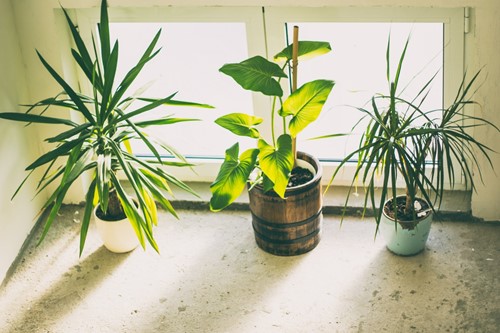
To fight gnats naturally, it’s important to understand their life cycle.
- Eggs: Female gnats lay eggs in moist soil.
- Larvae: These feed on decaying matter and sometimes plant roots.
- Pupae: After maturing, they transform into adults.
- Adults: The small black flies buzzing around your plants are adult gnats.
The complete cycle takes around 3–4 weeks, meaning infestations can quickly get out of hand if not addressed.
Why Do Gnats Infest Plants?
Gnats are most commonly attracted to:
- Overwatered soil – Constantly damp soil creates the perfect breeding ground.
- Organic matter – Decaying leaves, compost, or mulch in pots invite gnats.
- Poor drainage – Containers without proper holes hold moisture and attract gnats.
- Indoor environments – Lack of natural predators indoors allows gnats to thrive.
By addressing these conditions and using natural remedies, you can break the cycle and keep plants healthy.
Signs of Gnat Infestation
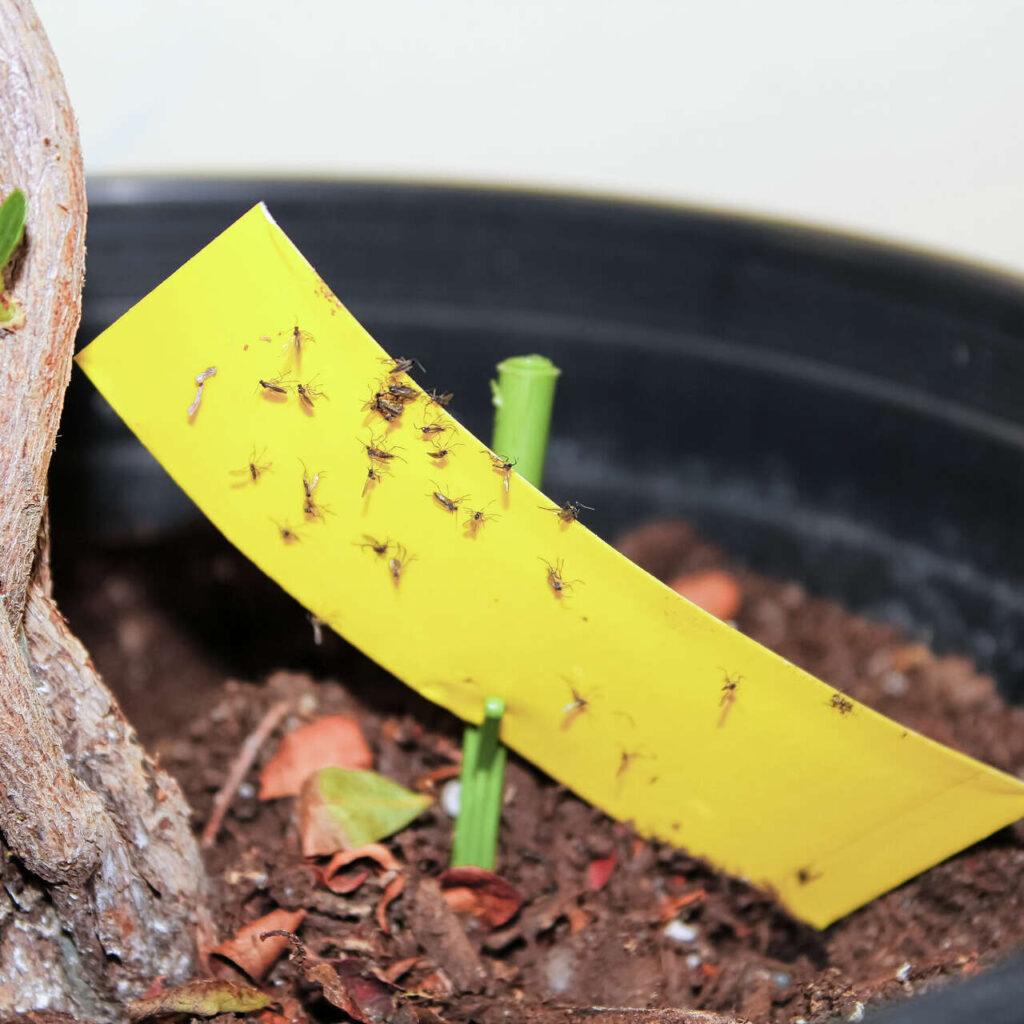
- Small black flies hovering around plants.
- Yellowing or weak plants despite proper care.
- Tiny larvae visible in the soil surface (resembles white worms).
- Soil that remains soggy for long periods.
Natural Remedies to Eliminate Gnats on Plants
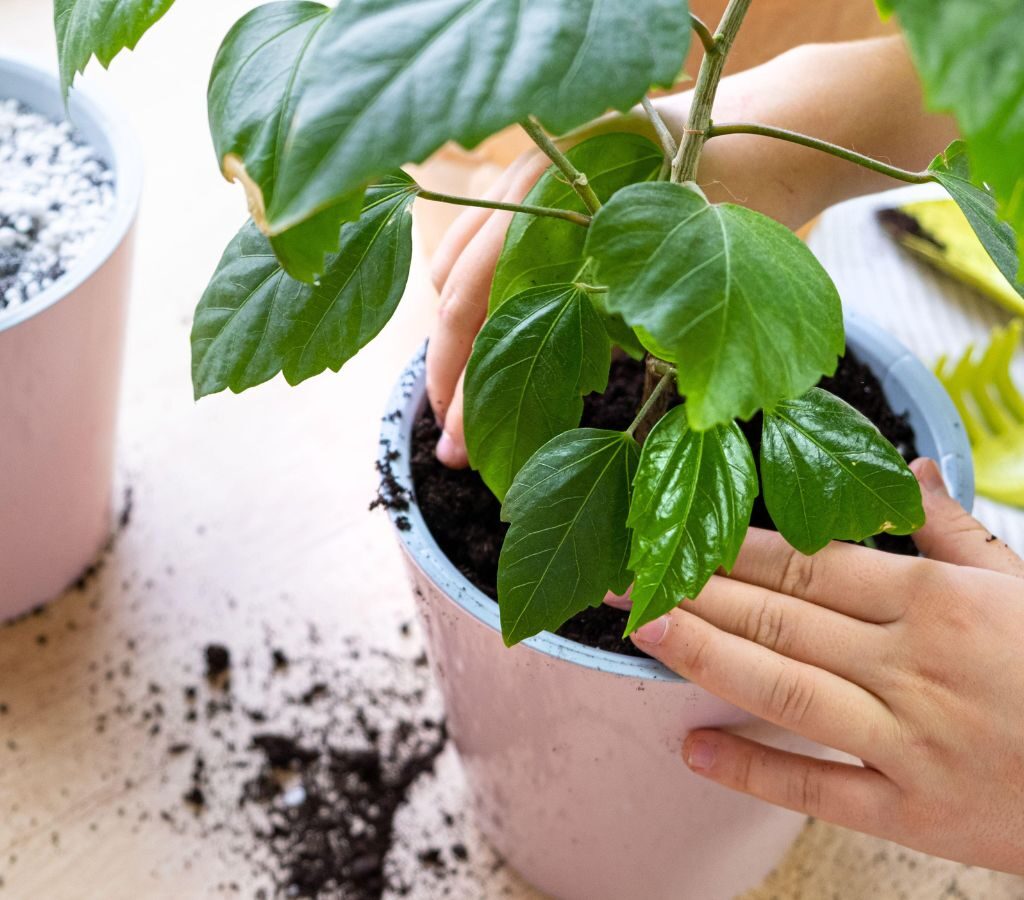
Here are proven, natural, and chemical-free methods to eliminate gnats effectively:
1. Dry Out the Soil
Gnats need moist soil to survive. Allowing the top 2 inches of soil to dry between watering makes the environment unsuitable for egg-laying and larvae survival.
- Water only when necessary.
- Use the “finger test” to check soil moisture before watering.
2. Use Sticky Traps
Bright yellow sticky traps are excellent for catching adult gnats.
- Place traps near the soil surface or around the plant.
- Replace them once they are full.
This helps reduce the adult population and prevents them from laying more eggs.
3. Neem Oil Spray
Neem oil is a natural insecticide that disrupts insect reproduction.
- Mix 2 teaspoons neem oil with 1 quart of water and a few drops of dish soap.
- Spray on soil surface and leaves.
This kills larvae and deters adults without harming your plants.
4. Hydrogen Peroxide Solution
A mild hydrogen peroxide solution kills larvae instantly without damaging plants.
- Mix 1 part hydrogen peroxide (3%) with 4 parts water.
- Water your plants with this mixture once every two weeks.
It oxygenates the soil and eliminates pests.
5. Cinnamon Powder
Cinnamon has natural anti-fungal properties that reduce fungus in soil, which gnats rely on.
- Sprinkle ground cinnamon evenly across the soil surface.
- It prevents fungal growth and deters larvae.
6. Apple Cider Vinegar Trap
Adult gnats are drawn to vinegar.
- Fill a small bowl with apple cider vinegar and add a few drops of dish soap.
- Place it near the affected plant.
- The soap breaks the surface tension, trapping gnats.
7. Diatomaceous Earth (DE)
This natural powder made from fossilized algae damages gnat larvae and pupae.
- Sprinkle food-grade DE over the soil surface.
- Reapply after watering.
It works by dehydrating and killing the insects.
8. Biological Controls
Introduce natural predators to control gnat populations.
- Beneficial nematodes: Microscopic organisms that feed on gnat larvae in soil.
- Predatory mites: These consume gnat eggs and larvae.
This is especially effective for outdoor or greenhouse plants.
9. Sand or Gravel Mulch
Covering the soil surface with a 1-inch layer of sand or gravel prevents adult gnats from laying eggs. It also improves soil drainage.
10. Essential Oils
Certain essential oils repel gnats naturally.
- Mix peppermint, eucalyptus, or tea tree oil with water.
- Spray around the soil and leaves.
This keeps gnats away and leaves plants smelling fresh.
Long-Term Prevention of Gnats
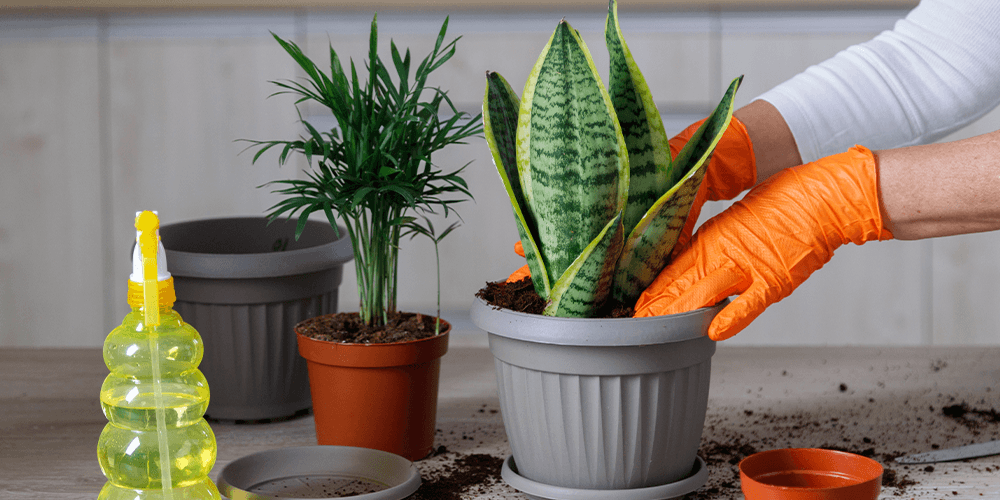
Once you’ve eliminated gnats, it’s important to prevent them from coming back:
- Proper Watering – Avoid overwatering and always check soil moisture.
- Good Drainage – Use pots with drainage holes and well-draining soil mixes.
- Remove Debris – Keep soil free from dead leaves and organic buildup.
- Regular Monitoring – Use sticky traps regularly to detect early infestations.
- Sterilize Soil – If reusing soil, sterilize it by baking at 180°F (82°C) for 30 minutes to kill eggs and larvae.
Benefits of Using Natural Remedies
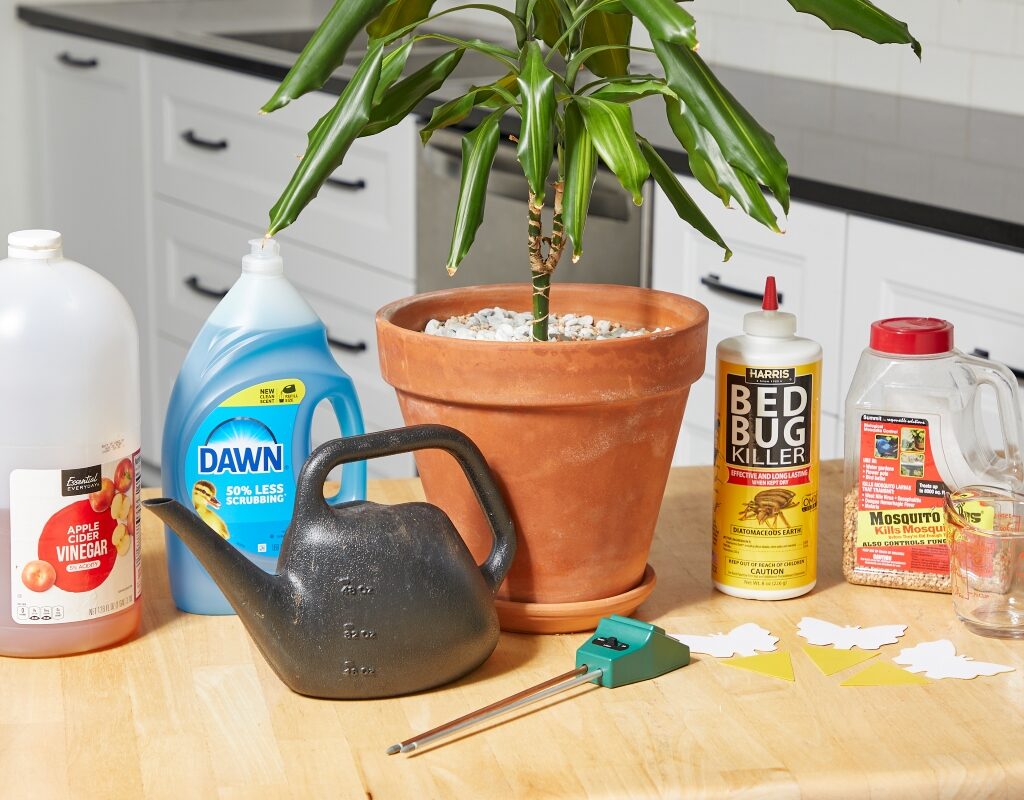
- Safe for children, pets, and indoor environments.
- Does not harm beneficial insects like bees or ladybugs.
- Cost-effective compared to chemical pesticides.
- Promotes healthier plants and soil biology.
Conclusion
Gnats may be a persistent problem for plant lovers, but they can be effectively managed using natural remedies. By combining preventive measures like proper watering and good drainage with treatments such as neem oil, vinegar traps, and diatomaceous earth, you can eliminate gnats without resorting to harmful chemicals. Consistency is key—addressing both adult gnats and larvae ensures long-term success.
With the right care and natural methods, your plants will thrive in a pest-free environment, making your gardening journey more enjoyable.
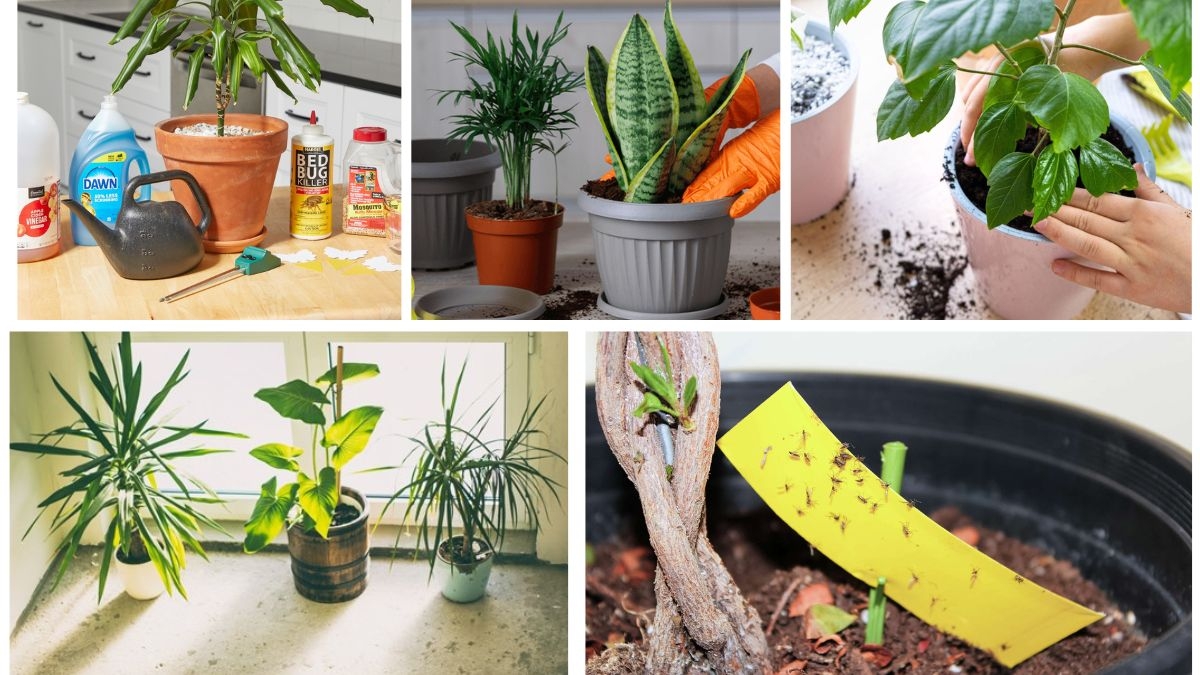




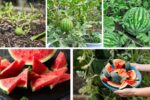
Leave A Comment